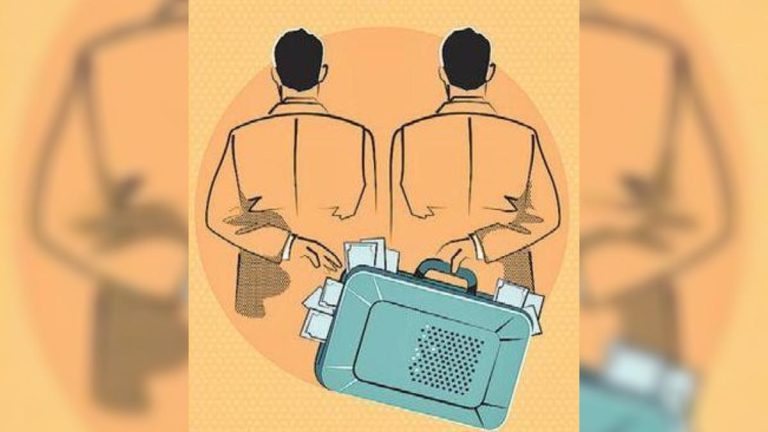
Image used for representation purpose only.
A paper studying national accounts — and sampling asset disclosures by Lok Sabha MPs — found rich Indians are likely under-reporting their income, raising the possibility that income inequality in India is starker than previous studies may have indicated. The paper by Delhi School of Economics director Ram Singh finds that “the wealthier a household is, the smaller the income it reports relative to its wealth”.
It is not uncommon for affluent individuals’ wealth, such as fixed assets and long-term capital investments, to relatively outgrow their income.

But data from the national accounts, income tax statistics from the Central Board of Direct Taxes, and election candidate filings show that “a 1% increase in family wealth is associated with a more than 0.6% decrease in the reported income-wealth ratio,” the paper says.
Dodging the taxman
Decreasing trend in income-wealth ratio persists for all versions of income reported to tax authorities, states the paper
This includes the income reported as taxable and the total income declared
In riches households, the relative share of reported income against wealth shrinks even further
For a family listed in the 2021 Forbes riches Indians list, the study estimates that income is a mere 1/12th of wealth
“The decreasing trend in the income-wealth ratio persists for all versions of income reported to tax authorities, namely the income reported as taxable and the total income declared, including capital income.” The paper was published in the May 2025 edition of the International Association of Research in Income and Wealth’s Review of Income and Wealth. Going to the richest households, the relative share of reported income against wealth shrinks even further. For a family listed in the 2021 Forbes richest Indians list, the study estimates that income is a mere 1/12th of wealth. This, Mr. Singh says, is likely indicative of income concealment, likely to avoid taxes.
The result has been a regressive taxation structure, where the effective income tax rates actually reduce the richer an individual gets. The data throws up anomalies: namely, while an increase in ownership of equity shares results in a comparable boost in income as well as wealth, an increase in ownership of agricultural land and commercial property decreases the ratio.

This should not be happening, Mr. Singh points out, as “rental yields” are nearly always better than equity dividends. “Absent tax evasion, these results would seem counter-intuitive,” the paper says, pointing out what appears to be, specifically, under-reporting of farm rent income, and abuse of farmland ownership by declaring farm income to escape taxation.
Lok Sabha MP affidavits were studied because they may represent a socially representative dataset. Here, too, Mr. Singh found signs of similar abuse. One curious exception was candidates with a serious chance of winning, whose disclosures showed fewer signs of under-reporting: “That the reported ratios increase with vote share also implies that media and official scrutiny have a more pronounced effect on the reporting of income relative to wealth,” he wrote.
The findings could exacerbate the already dire assessments of Indian income inequality. A paper published by the World Inequality Lab last year assessed the share of wealth held by India’s top 1% earners as 40.1% and the share of income at 22.6%. These findings likely underestimate the extent of the inequality, Mr. Singh writes. Unlike that paper, which pushed for a 2% wealth tax on the ultra-rich, Mr. Singh did not make a judgement call on the structure of Indian taxation. “Macroeconomic analysis is beyond the scope of this paper,” he wrote.
Published – April 14, 2025 10:02 pm IST

